In recent months, our team has chaired numerous disciplinary hearings across various industries. Whether conducted in person or online, we’ve noticed consistent patterns that often undermine what should be a fair and effective process. Here’s what we’re observing and how both employers and employees can get disciplinary hearings back on track.
First, let’s be clear about what disciplinary hearings are for. They are exclusively for misconduct – situations where an employee can perform but chooses not to or fails to do so. We frequently see employers attempting to address incapacity issues (where employees would perform but can’t) through disciplinary procedures. This fundamental misunderstanding creates problems from the start.
The distinction is simple but crucial:
Perhaps the most concerning trend is the lack of proper investigation before hearings commence. We’re regularly faced with cases where:
Remember that a disciplinary hearing is not the investigation – it’s where an employee defends themselves against allegations based on evidence you’ve already gathered. Without proper investigation, you’re essentially building the plane while trying to fly it.
When serious allegations arise, precautionary suspension can protect your business during investigation. However, this tool is often misused.
Precautionary suspension is appropriate in two scenarios:
Always remember that precautionary suspension:
We’ve struggled to understand some of the allegations presented in hearings – imagine how the employees feel! Your disciplinary notice should clearly communicate what the employee is accused of so they can properly prepare.
When drafting allegations:
There’s simply no substitute for thorough preparation. We regularly witness initiators arriving unprepared, without organized documents, or unclear about their own case.
Effective preparation includes:
Written witness statements should be the exception, not the rule. We’ve seen an increasing trend of parties submitting written statements instead of having witnesses testify directly.
Live testimony allows:
Remember that witnesses need not be fellow employees. Anyone with relevant evidence can testify, provided their testimony relates to the allegations.
A disciplinary hearing isn’t a criminal trial, but the employer still bears the burden of proof. The standard is “balance of probabilities,” meaning the employer’s version must be more believable than the employee’s.
If both versions are equally believable, the employee should be found not guilty. This principle is often overlooked, yet it’s fundamental to fair process.
Finally, a critical misunderstanding: dismissal is not a punishment for misconduct. Rather, it’s a mechanism to protect the business when:
Disciplinary hearings, when done correctly, protect both the business and employees’ rights. They ensure fair process while addressing legitimate misconduct concerns.
By returning to these fundamentals – proper investigation, clear allegations, thorough preparation, and fair assessment – disciplinary hearings can fulfill their intended purpose: maintaining appropriate workplace conduct while respecting procedural and substantive fairness.
If you’re struggling with any aspect of disciplinary procedures, consider seeking professional guidance. Getting it right from the start saves time, resources, and potential legal complications down the line.
For assistance with workplace disciplinary matters, contact us at www.justinedelmonte.co.za
In recent months, our team has chaired numerous disciplinary hearings across various industries. Whether conducted in person or online, we’ve noticed consistent patterns that often undermine what should be a fair and effective process. Here’s what we’re observing and how both employers and employees can get disciplinary hearings back on track.
First, let’s be clear about what disciplinary hearings are for. They are exclusively for misconduct – situations where an employee can perform but chooses not to or fails to do so. We frequently see employers attempting to address incapacity issues (where employees would perform but can’t) through disciplinary procedures. This fundamental misunderstanding creates problems from the start.
The distinction is simple but crucial:
Perhaps the most concerning trend is the lack of proper investigation before hearings commence. We’re regularly faced with cases where:
Remember that a disciplinary hearing is not the investigation – it’s where an employee defends themselves against allegations based on evidence you’ve already gathered. Without proper investigation, you’re essentially building the plane while trying to fly it.
When serious allegations arise, precautionary suspension can protect your business during investigation. However, this tool is often misused.
Precautionary suspension is appropriate in two scenarios:
Always remember that precautionary suspension:
We’ve struggled to understand some of the allegations presented in hearings – imagine how the employees feel! Your disciplinary notice should clearly communicate what the employee is accused of so they can properly prepare.
When drafting allegations:
There’s simply no substitute for thorough preparation. We regularly witness initiators arriving unprepared, without organized documents, or unclear about their own case.
Effective preparation includes:
Written witness statements should be the exception, not the rule. We’ve seen an increasing trend of parties submitting written statements instead of having witnesses testify directly.
Live testimony allows:
Remember that witnesses need not be fellow employees. Anyone with relevant evidence can testify, provided their testimony relates to the allegations.
A disciplinary hearing isn’t a criminal trial, but the employer still bears the burden of proof. The standard is “balance of probabilities,” meaning the employer’s version must be more believable than the employee’s.
If both versions are equally believable, the employee should be found not guilty. This principle is often overlooked, yet it’s fundamental to fair process.
Finally, a critical misunderstanding: dismissal is not a punishment for misconduct. Rather, it’s a mechanism to protect the business when:
Disciplinary hearings, when done correctly, protect both the business and employees’ rights. They ensure fair process while addressing legitimate misconduct concerns.
By returning to these fundamentals – proper investigation, clear allegations, thorough preparation, and fair assessment – disciplinary hearings can fulfill their intended purpose: maintaining appropriate workplace conduct while respecting procedural and substantive fairness.
If you’re struggling with any aspect of disciplinary procedures, consider seeking professional guidance. Getting it right from the start saves time, resources, and potential legal complications down the line.
For assistance with workplace disciplinary matters, contact us at www.justinedelmonte.co.za



